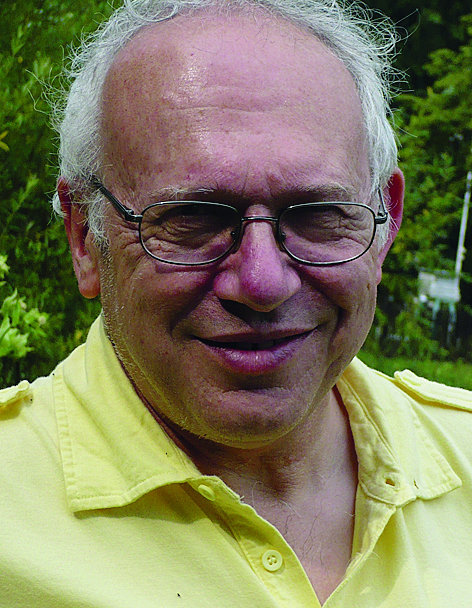COMPOSERS: Beethoven
LABELS: Harmonia Mundi
WORKS: Diabelli Variations
PERFORMER: Paul Lewis (piano)
CATALOGUE NO: HMC 902071
All the ingredients are in place here to make this an exceptional release. First of all Paul Lewis has the full measure of the work’s epic scale, creating a real sense of cumulative growth as he navigates us through its extraordinary narrative. This emphasis on the overall structure serves to remind us of the brilliance of Beethoven’s achievement in managing to build such a mighty edifice out of material that seems so inconsequential at the outset.
Throughout the performance, tempo relationships between the variations are extremely well judged, as is also the case with the tricky fluctuations between Allegro con brio and Meno Allegro in Variation 21. Lewis has clearly thought long and hard about the most effective way of achieving coherence over such a long time span. Thus some variations are joined together almost seamlessly while others follow after a carefully choreographed pause (as for example between Variations 10 and 11, 17 and 18, 28 and 29).
But for an interpretation to grip one’s attention from first bar to last, there also has to be profound concern for the inner detail and character of each variation. Here, once again, Lewis has a commanding view of the work. The early variations already demonstrate great imaginative prowess as Lewis immediately transforms the trivial Diabelli Waltz into a pompous march, a display of syncopated nervous energy and a gentle Ländler. Later there are some wonderfully humorous touches (the slight pulling back of tempo for the unexpected wrong note passage through the second half of the Mozart Don Giovanni quote in Variation 22) as well as moments of profound reflection (as in the ominous static chords from variation 20).
Unashamedly exploiting the warmth and power of the modern piano, Lewis marshals a wide dynamic range and employs a considerable variety of touch and timbre, utilising for example the soft pedal judiciously to create almost impressionistic textures in some of the more reflective variations as a sharp contrast to the volcanic outbursts that occur elsewhere.
Finally Lewis draws particular attention to the radical, almost modernistic nature of Beethoven’s writing. He revels in the many opportunities for rhythmic and harmonic displacement, emphasises the extent to which Beethoven anticipates Chopin in Variation 31 and above all celebrates the sheer unpredictability of the musical invention as the composer moves almost imperceptibly from simplicity to complexity within the space of a few bars. The recording, made in Berlin’s Teldex Studios, is outstanding. Erik Levi
